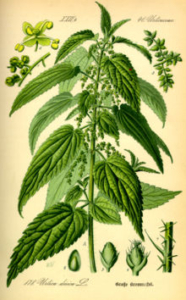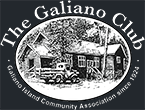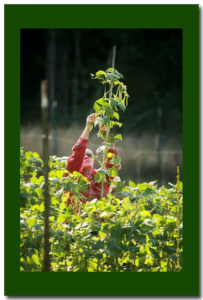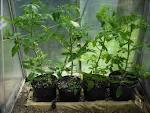 The 5th Annual Nettlefest Community Potluck will be happening on March 17th.
The 5th Annual Nettlefest Community Potluck will be happening on March 17th.
One of the first real signs of spring on Galiano, and one of my favourite wild foods, are the new nettle shoots that start poking out of the ground early in the Spring. At a time when we’ve been living on frozen veggies, or cabbage and root vegetables, fresh greens are a welcome sight. Plus there’s the additional benefit that nettles are actually good for us. Nettles are extremely rich in vital nutrients, including vitamin D, which is rare in plants; vitamins C and A; and minerals, including iron, calcium, phosphorus, and magnesium. Nettle preparations also have been shown to be effective in controlling hay fever symptoms. They are good for arthritis and eczema.
Our local nettle – Urtica dioica – is a well-known type of nettle, but it’s not the only type. There are about 30 to 40 types in the Urticaceae family. There is a type in New Zealand that grows as tall as a tree and the sting has proved deadly to dogs and horses.
Nettle is best used for food when they are first coming up in the spring. Keep in mind that once the stems have started to elongate and they begin to flower, the leaves aren’t as tender. The color of the nettle leaves may vary from a light shade of green to dark green to a dark reddish-purple. Any of these leaf colorations is good for eating. However, it is said that the nettle leaves with more purple color indicates it’s richer in iron mineral.
Nettles are delicious – but most first time nettle eaters are nervous about being stung. However, once the nettles are steamed, frozen, dried or cooked the sting is neutralized. There are lots of different ways to use nettles: Make a fresh batch of healing nettle tea with either fresh or dried nettles, Use fresh nettle in scrambled eggs, pasta dishes, casseroles, and soups. You can cook nettles and eat them as you would steamed spinach — their taste and appearance are similar. Make powdered nettle by grinding dried nettle leaves in a coffee grinder. You can also juice nettles and combine the juice with other fresh juices, such as carrot or apple juice.
Here’s a great, simple recipe to use with spring nettles. Use this pesto on pasta, bread or anywhere you would use a basil pesto.
Alison’s Nettle Pesto
Steam (very slightly) 3 cups nettle leaves. (No stems)
Process in the food processor, in the following order:
6 garlic cloves
1/2 cup walnuts
Steamed nettle
Dash each of salt and pepper
Dash lemon juice
While the blade is turning, slowly add up to 1 cup olive oil.
Then add 1 cup parmesan.

 The 5th Annual Nettlefest Community Potluck will be happening on March 17th.
The 5th Annual Nettlefest Community Potluck will be happening on March 17th. COME SATISFY YOUR APPETITE….
COME SATISFY YOUR APPETITE…. Starts Group: Get a jump on the growing season ! Learn what to start and when as well as how to make great potting mixes. Planning meeting Sun. Feb 26, 11 am @ the greenhouse.
Starts Group: Get a jump on the growing season ! Learn what to start and when as well as how to make great potting mixes. Planning meeting Sun. Feb 26, 11 am @ the greenhouse.